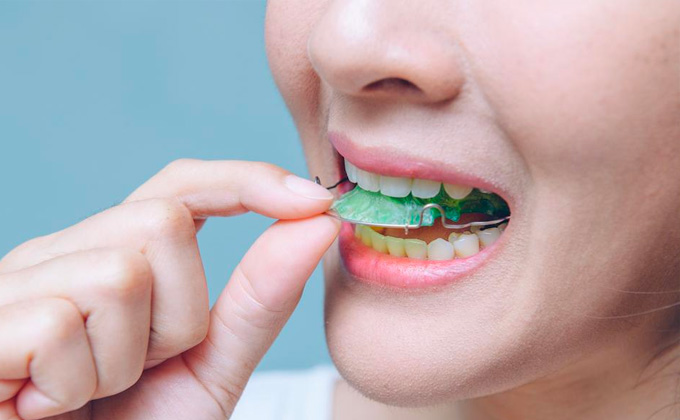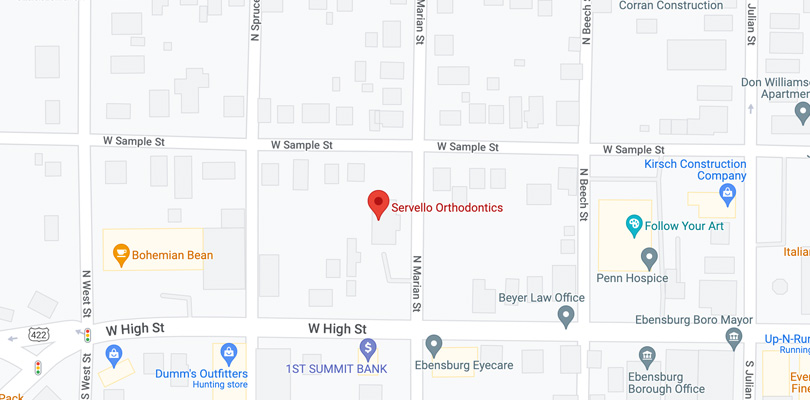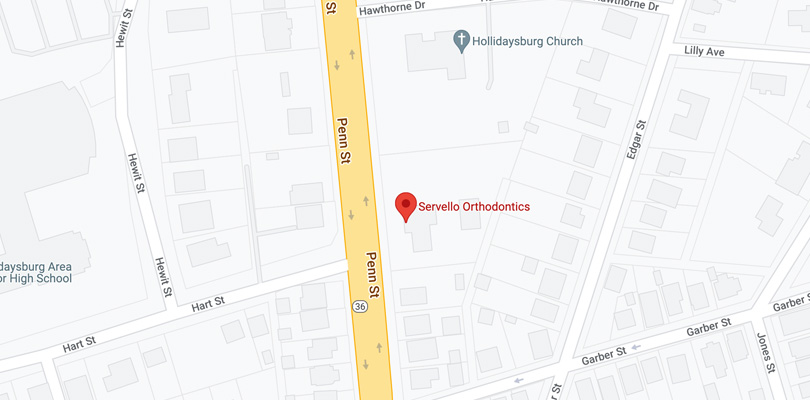Do I Really Have to Wear a Retainer?

Importance of retainer wear after braces or aligner treatment
Wearing your retainer as directed is an important component of your orthodontic treatment. Servello Orthodontics explains why.
The day a patient finishes braces or aligner treatment is a day to be celebrated. You’ve worked hard for your new smile and it shows. But, if you want that hard work to last, your work isn’t over yet. Wearing a retainer is a crucial part of your treatment plan to ensure your teeth stay as straight as possible.
But why do you need a retainer? Your mouth has a memory, and if you don’t wear your retainer, your teeth will start to drift right back to their old locations. Your braces or aligners worked to guide your teeth through the bone and other tissue in your mouth. But while that was happening, it left some gaps that need time to fill in to solidify your new smile. A retainer works to do exactly what its name implies – retain your teeth in their new locations.
Even after the bone and tissues of your mouth catch up to what your treatment accomplished, wearing a retainer is a good idea. That’s because as we age, our teeth are constantly shifting ever so slightly. We call this mesial drift. Wearing a retainer indefinitely will ensure your teeth stay as straight as the day your braces came off.
There are a few different kinds of retainers offered. The right one for you will be determined by your orthodontic care team. Types of retainers are:
- Hawley retainers – This is probably what you think of when you think of a retainer. Hawley retainers consist of an acrylic piece that sits on the palate and a metal wire that goes across the front of the teeth. These can be personalized in a variety of colors and can even have symbols or sparkles.
- Vacuum-formed retainers – These look similar to clear aligners. They are made of a clear plastic material that fits over your teeth. Because they are clear they are less noticeable than Hawley retainers.
- Bonded permanent retainers – These retainers are much less common than the other two types. They are bonded directly to the back of the teeth and are typically only used in patients who have a high possibility of relapse. Unlike the others, they can only be removed by your orthodontist.
There are pros and cons to each type of retainer, so be sure you ask the right questions to help determine which retainer might be right for you.
It’s important to always follow the advice of your orthodontist to ensure the smile you worked so hard for lasts a lifetime. We typically recommend full-time wear for the first 3-6 months, only removing the retainer to eat, brush, and floss. Then we recommend switching to wearing the retainer overnight. With proper care, your retainer should last for many years.



